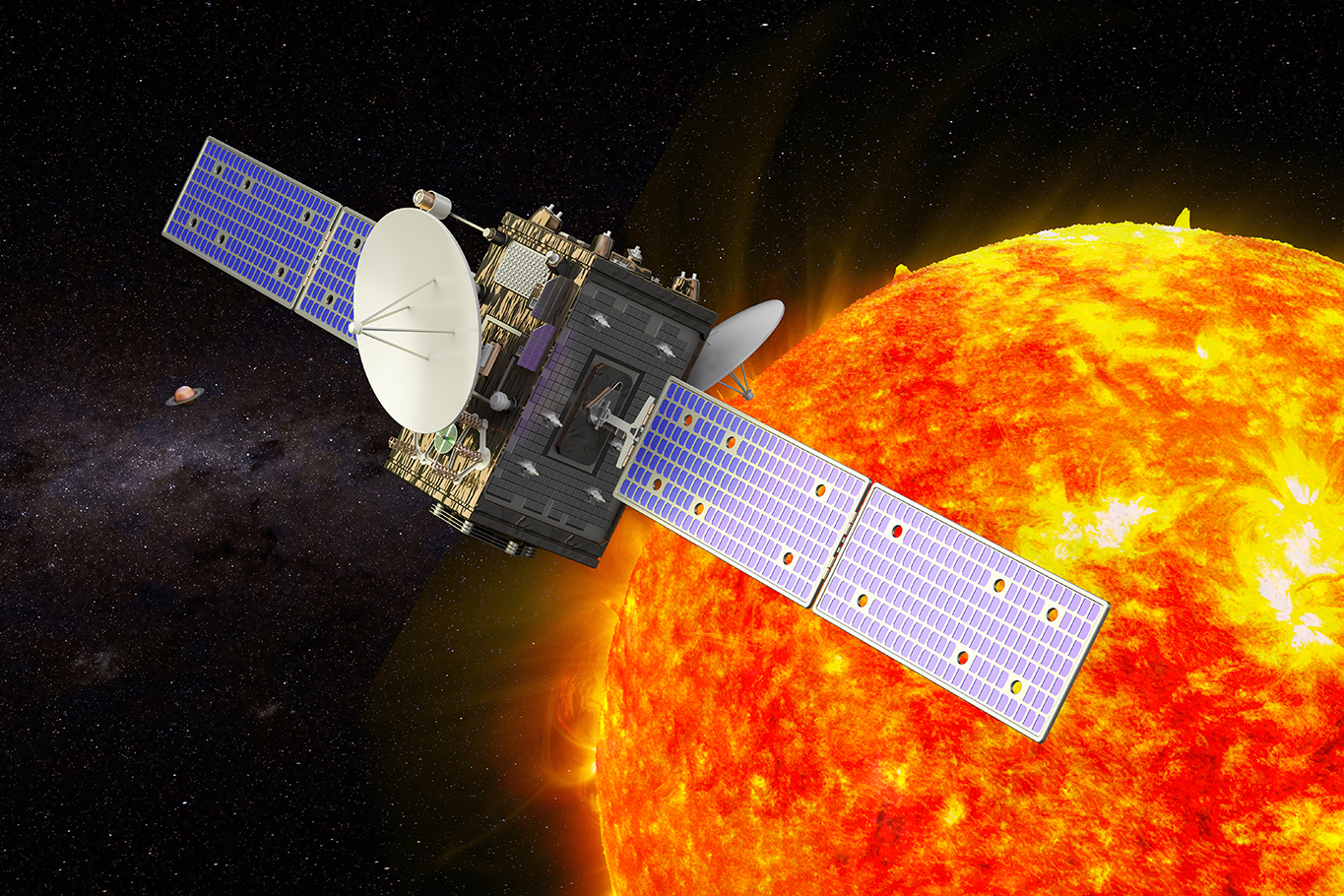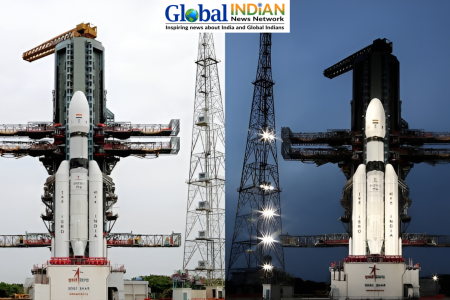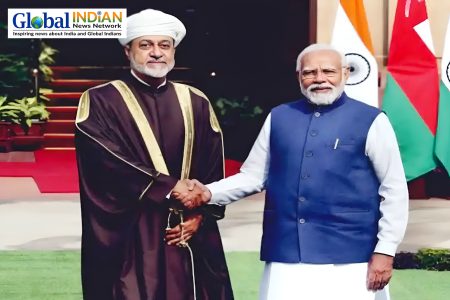
Aditya-L1, India’s maiden solar mission, is set to reach Lagrange Point 1 in early January 2024, as revealed by Union Minister Dr. Jitendra Singh. The solar mission, launched aboard PSLV-C57 on September 2, aims to reach the orbit around L1 on January 7. L1 is a crucial point in the Sun-Earth system, about 1.5 million kilometers away, where ISRO plans to position seven scientific payloads for research.
Dr. Singh highlighted PM Modi’s transformative decisions, allowing private involvement in India’s space sector, fostering enthusiasm with over 10,000 witnessing Aditya-L1’s launch. Unlocking space technology has led to Chandrayaan-3 and Aditya-L1 becoming accessible to the public. The shift has prompted space research experts to return, establishing nearly 190 private space start-ups, attracting over Rs. 1,000 crore investments in the last nine months.
Dr. Singh announced the Anusandhan National Research Foundation (NRF), with significant non-governmental funding, ushering in the public-private partnership model in India’s Science and Technology goals. Emphasizing global standards, he mentioned the global impact of space applications, from smart cities to land mapping and infrastructure development.
Looking forward, PM Modi’s vision includes setting up a space station by 2035 and a crewed moon mission by 2040. India’s achievements, including the successful Chandrayaan-3 mission and plans for lunar exploration, demonstrate the country’s significant advancements in the space sector.













